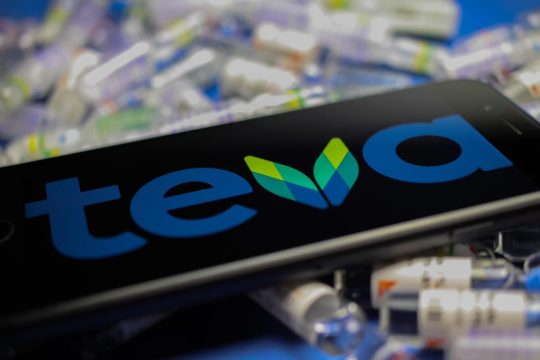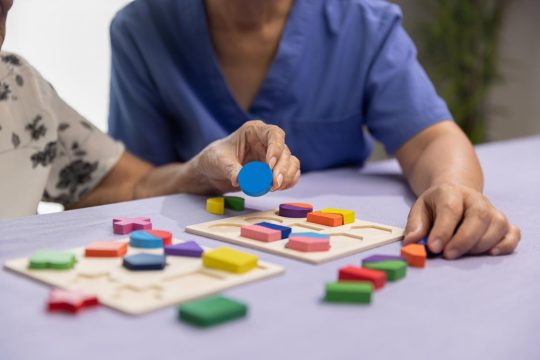Advertisment
ESOT 2013: Outcomes with tacrolimus-based immunosuppression after kidney transplantation with standard or extended-criteria donor organs: the OSAKA study
Bernhard Banas, Regensburg, Germany – Prolonged-release tacrolimus administered once-daily provides high rates of graft survival and reduction in biopsy-confirmed acute rejection (BCAR), with a manageable tolerability profile, in patients who receive kidney transplantations from extended-criteria (ECD) donors.  An analysis under the Optimising Immunosuppression After Kidney Transplantation with Advagraf (OSAKA) study protocol shows that prolonged-release tacrolimus is as effective for preventing graft loss, BCAR and renal dysfunction as standard tacrolimus administered twice daily in both ECD and standard-criteria donor (SCD) kidney transplantations. The results were presented by Professor Bernhard Banas from the University Medical Center in Regensburg in Germany.
An analysis under the Optimising Immunosuppression After Kidney Transplantation with Advagraf (OSAKA) study protocol shows that prolonged-release tacrolimus is as effective for preventing graft loss, BCAR and renal dysfunction as standard tacrolimus administered twice daily in both ECD and standard-criteria donor (SCD) kidney transplantations. The results were presented by Professor Bernhard Banas from the University Medical Center in Regensburg in Germany.
OSAKA was designed as a randomised, open-label, parallel-group Phase IIIb study in which 1,251 patients received either twice-daily tacrolimus at a starting dose of 0.2mg/kg/day (Arm 1) or once-daily tacrolimus 0.2mg/kg/day (Arm 2) or 0.3mg/kg/day (Arm 3) with mycophenolate mofetil (MMF) and corticosteroids over a study period of 24 weeks, or once-daily tacrolimus 0.2mg/kg/day with MMF, basiliximab and corticosteroids perioperatively (Arm 4). The primary efficacy endpoint was defined as a composite outcome of graft loss, BCAR or graft dysfunction (eGFR <40mL/min/1.73m2) at Week 24.
In total, 578 patients (48.2%) received SCD kidneys and 620 patients (51.8%) received ECD kidneys distributed similarly across the four arms. The primary composite endpoint was reached by 36.5% of SCD kidneys vs 52.9% of ECD kidneys (p=0.0001). Graft loss occurred in 5.0% of SCD kidneys vs 9.8% of ECD kidneys (P=0.002) and renal dysfunction in 27.9% of SCD kidneys vs 47.4% of ECD kidneys (P=0.0001). No significant difference was observed in the rates of BCAR. Professor Banas hypothesised that in addition to the favourable efficacy and tolerability outcomes achieved with once-daily tacrolimus in patients receiving ECD kidneys, long-term follow-up may reveal additional benefits over twice-daily tacrolimus in relation to greater ease of use and consistency of tacrolimus exposure.





